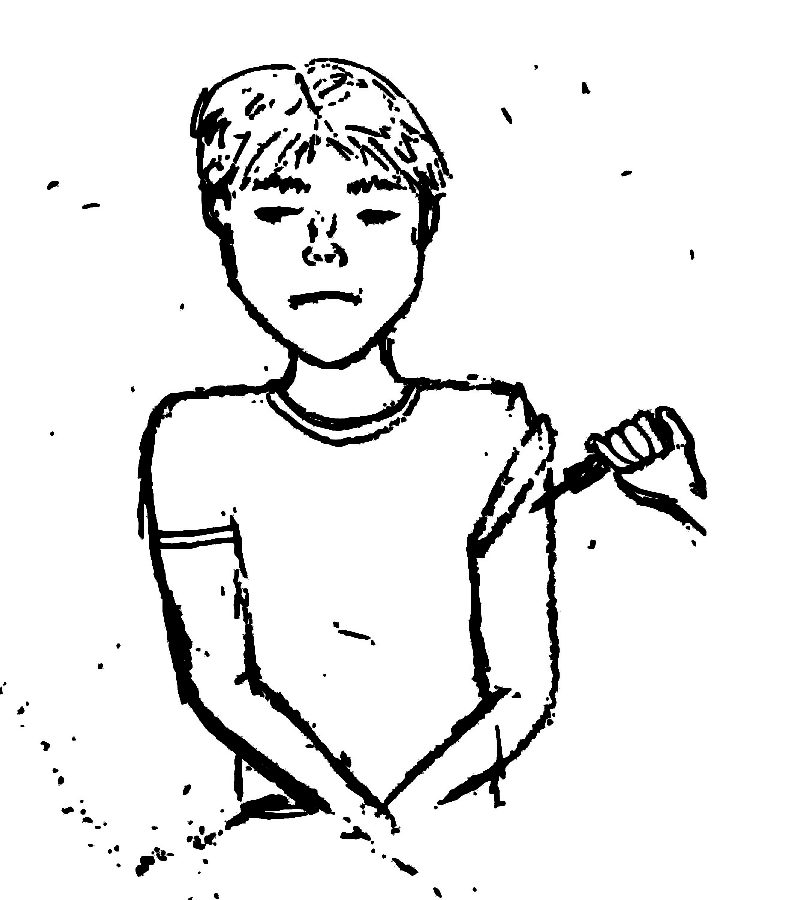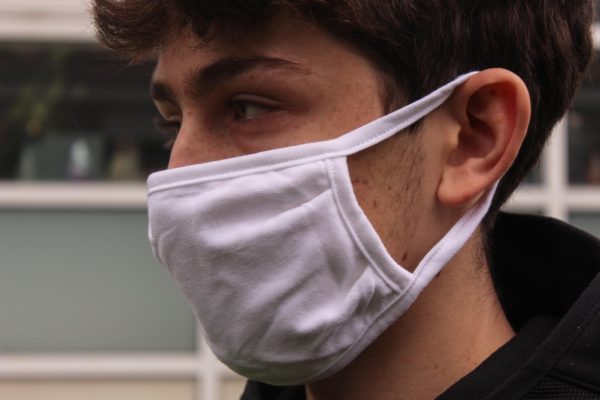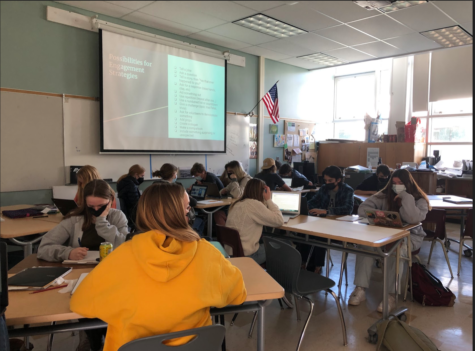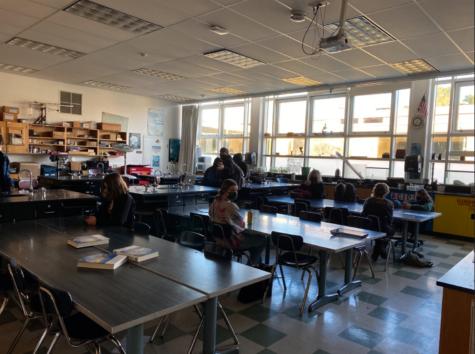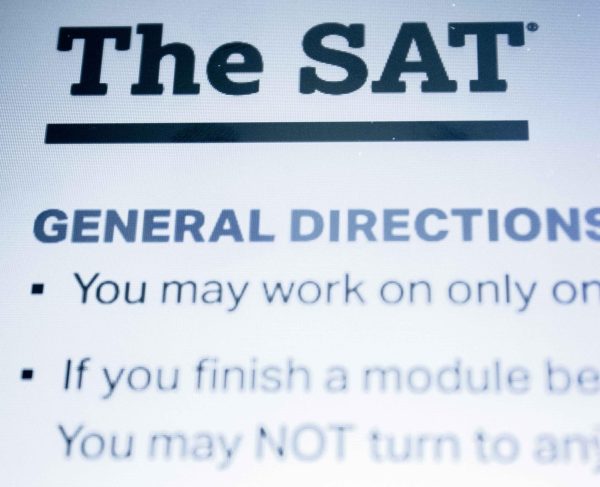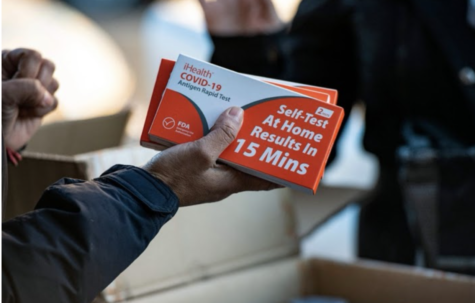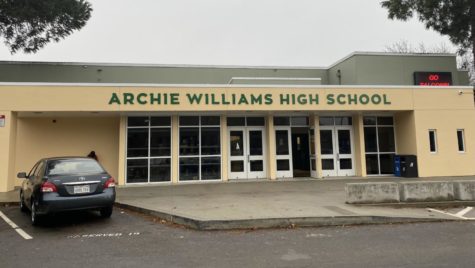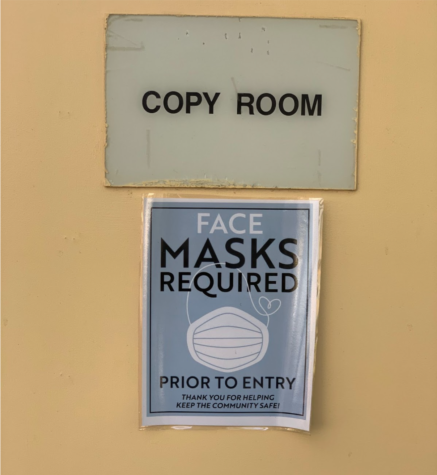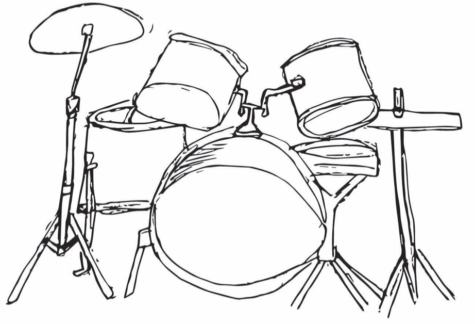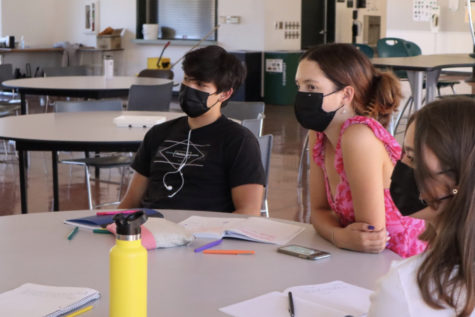COVID-19 vaccination mandate to affect all California students and staff
A student receiving the mandatory vaccination against COVID-19 to attend school.
On Oct. 1, Governor Gavin Newsom (D) announced that California would become the first state to require COVID-19 vaccinations for school-aged children. All kids, barring health, personal, or religious concerns, must get vaccinated in order to attend any school in California, public or private.
When Newsom introduced the mandate, he also gave a rough estimation for when it would go into effect. It will happen at different times for different grade levels and their corresponding ages.
The office of Gov. Newsom wrote in a press release on Oct. 1, “Following the existing statute, full approval of ages 12+ corresponds to grades 7-12, and full approval of ages 5-11 corresponds to grades K-6… The requirement will take effect at the start of the term following full approval of that grade span, to be defined as January 1st or July 1st, whichever comes first. Based on current information, the requirement is expected to apply to grades 7-12 starting on July 1, 2022.”
Newsom spoke out about his reasoning for the mandate during a news conference addressing it. He believes that a COVID-19 vaccination should be considered the same as any other virus vaccine, which are required for children to attend school.
“The state already requires that students are vaccinated against viruses that cause measles, mumps, and rubella – there’s no reason why we wouldn’t do the same for COVID-19,” Newsom said.
AWHS ceramics teacher Ben Rupers believes that the COVID-19 vaccine shouldn’t be treated differently than any other mandatory vaccination.
“I’m in the mind to think about it like all of the other mandatory vaccinations that we technically have to have to go to school… I know there’s been a lot of politicization of this vaccine, but I guess I’m just transitioning to thinking of it like the measles or anything else that we vaccinate for from a young age,” Rupers said.
The new mandate left AWHS Principal LaSandra White with questions about what “personal reasons” to not get vaccinated means, especially if religion is already included in the exemptions.
“I don’t know what personal reasons means because it seems that personal reasons are religious or medical,” White said.
According to the Tamalpais Union High School District (TUHSD) Superintendent Tara Taupier, “personal reasons” are situations like non-religious beliefs, such as one not wanting to put “foriegn” substances in their body.
Taupier believes that to get an exemption from getting the COVID-19 vaccine, one will probably make a declaration or form that the district takes into account. Taupier also mentioned that this system will need to be created from scratch, as TUHSD does not have a current plan to deal with unvaccinated students.
As of November, AWHS has a vaccination rate of 90 percent for students, with 1149 vaccinated students, and 128 unvaccinated students. This is compared to the 91.6 percent of vaccinated students in all five of the TUHSD schools. While there is no AWHS specific teacher vaccination percentage, 98 percent of TUHSD staff are vaccinated.
On Aug. 11, California became the first state to require public school teachers and staff to either get vaccinated or submit a weekly negative COVID-19 test. This will no longer be an option as the new vaccination mandate will also affect teachers and staff. With this vaccine requirement, AWHS staff deliberate as to how this will affect mask mandates. According to Taupier, mask and vaccine mandates are not intertwined, but believes this may change in the future.
“Right now the mask mandate is not tied to the vaccine mandate… There is a chance that maybe indoor mask mandates may be tied to vaccination rates, but that’s all still speculation at this point,” Taupier said.
The California Department of Public Health (CDPH) is set to revisit the indoor mask mandate for all schools in California on Nov. 1. They may decide that starting Jan. 1, 2022, that the mask mandate may be tied to vaccination rates.
The mandatory vaccinations won’t only protect students, but also faculty, friends, family, and anyone in contact with them. TUHSD Health Specialist Mayalani Callaghan looks forward to the safety that the mandate may provide for the TUHSD community.
“The data and research has shown that the [COVID-19] vaccine is safe and effective for children and I think this is a great option for keeping our community and families safe,” Callaghan said.
Some parents have concerns about the vaccination of young children with the COVID-19 vaccine. Mark Mohstahem, parent of an eleven-year-old at San Domenico, thinks the vaccine mandate is a good idea, yet is worried for the safety of his daughter.
“I think that it is a good idea, but I am a little worried for the younger kids… I don’t know that their immunity systems have been established well enough to handle a vaccine that is new,” Mohtashem said.
The new vaccine mandate proposed in early October will ensure that many students get vaccinated against COVID-19. While some are still hesitant about the mandate, TUHSD staff believe this is one step further towards achieving higher vaccination rates at schools.
Your donation will support the student journalists of Archie Williams High School. Your contribution will allow us to purchase equipment and cover our annual website hosting costs. Each donation will receive a magazine subscription for a year (6 copies a year), and become a part of the important work our publication is doing.
$35 -- Subscription to the magazine
$50 -- Silver Sponsorship
$75 -- Gold Sponsorship
$100 -- Platinum Sponsorship

Izzy is a sophomore, in her second year of journalism. She enjoys reading fantasy books, her family and eating anything with sugar. You can find her at...


